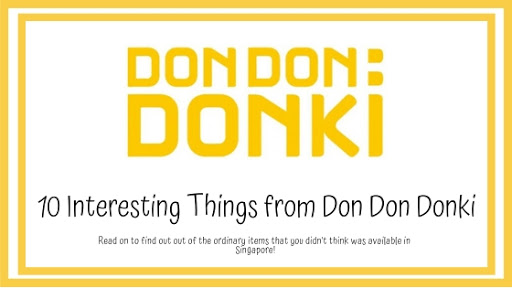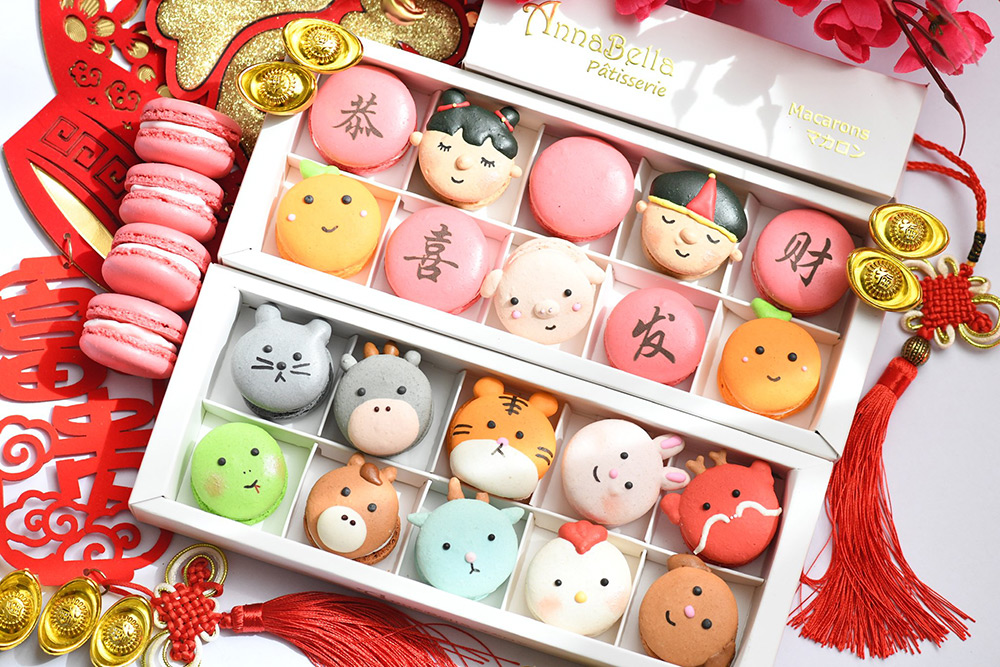Sitting in the heart of Joo Chiat, The Intan is a two-storey shophouse that boasts a rich and diverse collection of elaborate antiques.
I was immediately attracted by the nostalgic sight of the Tam Puis (or spittoons) and ornate tiffin carriers bursting with colours lined up along the long and narrow wooden staircase upon entering the heritage place. It is both an award-winning private Peranakan museum and the home of its owner — Baba Alvin Yapp.

“Intan” literally means rose-cut diamonds in Malay. We were told that Peranakans often had these delicate, multi-faceted diamonds or intans in their jewellery collections.
Inspired by these beautiful diamonds, Alvin hopes to showcase the different facets of Peranakan culture through The Intan.
“I call the house the Intan, because it shows the different facets of Peranakan culture. The sound, the smell, the sight, the taste,” said Alvin.
“If you go to any other museum, it’s like snorkelling, you see the best of everything under one roof, and you should visit many of our lovely museums in Singapore.”

“But when you visit the Intan, it’s like scuba diving, where you dive deep, we argue, we debate, we discuss, we feel the soul of Peranakan culture.”
I call the house The Intan, because it shows the different facets of Peranakan culture. The sound, the smell, the sight, the taste.Alvin Yapp, owner of The Intan, which is the Malay word for rose-cut diamond
What Is Peranakan

I couldn’t help laughing when I read these witty lines from “Kampong Spirit — Gotong Royong: Life in Potong Pasir, 1955 to 1965” by the accomplished Singaporean Peranakan author Josephine Chia: “‘The trouble with you,’ Parvathi said with a wisdom beyond her years, ‘Is that you don’t know who you want to be. Girl or boy. Chinese or Malay.’”
“Peranakan” means “locally born” in Malay. Many Peranakans trace their roots to 15th century Melaka where their ancestors, often traders from Southern Chinese provinces, settled down and married local Malay women. Male Peranakans are called babas and females are called nyonyas.
Neither Malay nor Chinese, Peranakan is a unique race with rich culture and values.
The iconic nyonya kebaya worn by female Peranakans is believed to have evolved from the Malay baju panjang. Nyonyas would wear a delicate and tight-fitting embroidered blouse over a sarong, which is a long printed tube skirt.
Peranakans are very particular about their outfits.
Speaking of his childhood life, Alvin vividly recalled his mother telling him because he is Peranakan, he must be “serenoh”, meaning “you must wear your clothes very primly and properly”.
Food is another integral part of Peranakan culture that demonstrates its richness and complexity.
You’d know the tremendous amount of effort and complicated procedures required in making buah keluak if you’ve ever tried one.
Buah keluak nuts are usually sourced from Indonesia and often cooked with ayam, or chicken. Beware that these are poisonous nuts if unprocessed — and processing them usually requires days — but once well-prepared, they multiply the flavours of your dish as they are known for their strong taste reminiscent of cocoa and truffle.
Growing up with tantalising peranakan cuisine is a privilege of being Peranakan.
“At home, we had very complicated dishes with a lot of rempah (spice paste), a lot of sauces, a lot of spices, very different from what I would have at my babysitter’s house who was Hainanese, [which was] very simple, easy to enjoy porridge, or fried chicken wing and bee hoon,” said Alvin.
In Quest of Peranakan Culture
“My first piece was a planter’s chair, 100% not Peranakan, but told it was Peranakan,” laughs Alvin, who is now a seasoned antique collector.

Although both of his parents are Peranakans, Alvin did not grow up with a full understanding of Peranakan culture.
“In fact, it was a very humble house in Toa Payoh. It was what you call a three-room flat, which is actually two rooms and a large kitchen. We led a very simple lifestyle because we were not very wealthy, we were quite poor. So there was no kamcheng, there was no brown and gold, or mother-of-pearl furniture. My mum hardly even wore a sarong kebaya.”
“At the age of 14 or 15, I remembered watching a Peranakan musical play, and it was all in Peranakan language, and Peranakan cast and costumes and props, but not understanding and knowing the storyline, not understanding the language, not understanding the jokes, and the whole culture behind it. And that got me very curious, how is it that I didn’t know about my own culture?” Alvin recalls.
Watching that Peranakan play was a life-changing event for Alvin — it spurred his interest in pursuing Peranakan culture.
When Alvin first began to study Peranakan culture over thirty years ago, his big challenge was the lack of information.
“There was no Peranakan museum, there was very little written information about the Peranakan community. So the best thing was to go and look for the elders and to talk to them and to learn from them [and] what they remembered. Some remembered better than others I remember, by putting them all together,” said Alvin.
The next challenge in his Peranakan antique collecting journey was lack of money. But Alvin was lucky. His father provided the financial support, and even embarked on the journey together with Alvin.
“He accompanied me to the museums, to auction houses, and we had fun in those days.”
“[We were once] in a Christie’s auction and I guess he was equally excited, curious but as lost as I was — one would say the blind leading the blind. So here you have a father-and-son pair going to a Christie’s auction and trying to learn about Peranakan antiques,” quipped Alvin.
Price Versus Value

We were told that the most common question by Singaporeans is “how much is a piece”, or “which is the most expensive piece”.
To Alvin, however, price is not equivalent to the value of a piece.
“In the world of antique-collecting, we learn very quickly that there are pieces that I have spent a lot of money on, but they end up not being worth as much. Maybe it was a problem piece, it was a restored piece or maybe it wasn’t even a Peranakan piece to start with.”
“But there were pieces that nobody wanted, pieces that I picked up for very, very affordable prices — pieces like the batik altar cloths, that people felt it was the poorer cousin of the batik sarong — that ended up as my most valuable and my most beloved pieces.”
Batik altar cloths, called “tok wi” in Peranakan, are textiles hung in front of Chinese altars during ceremonial occasions.
Batik originated from dyed Indian cotton that was introduced to Southeast Asia, which then evolved into the characteristic textile of Java. It is often used in sarong and ceremonial decorations.
For Peranakan Chinese, these textiles are important in demarcating sacred spaces.
However, while batik sarongs are highly popular, batik altar cloths are much less sought after by Peranakan antique collectors — except for Alvin.
“So I said okay, if I can not be the king of batik sarongs, I will be the king of batik altar cloths. So I started to hunt for batik altar cloths, and the runners were happy that I was buying their batik altar cloths because no one wanted them.”
“And I remained true to my conviction, and the collection grew to such a big extent to more than 70 pieces that the National Heritage Board heard about it.”


“When they saw [the collection], they said, ‘You know, how can we work with you?’. By that time, I had felt it was time to part with it, so I donated the entire collection to the Peranakan Museum, under my parents’ names.”
► READ: Batik for Peranakan Altars: A Forgotten Art of South East Asia
In 2012, under the names of his parents, Matthew and Alice Yapp, Alvin donated 72 pieces of Peranakan batik altar cloths to the Peranakan Museum, which he had collected over a span of ten years. In 2014, the museum presented Auspicious Designs: Batik for Peranakan Altars which exhibited a marvellous selection of the collection.
“I think that’s where I feel proud of what I’ve done, I feel most proud of my collection. It’s not chasing after things that people are also chasing, but really looking at the beauty that perhaps other people don’t see,” said Alvin.
But there were pieces that nobody wanted, pieces that I picked up for very, very affordable prices — pieces like the batik altar cloths, that people felt it was the poorer cousin of the batik sarong — that ended up as my most valuable and my most beloved pieces.Alvin Yapp
The Distinctive Beauty of Peranakan Culture

I challenged Alvin on his thoughts of the distinctive beauty of Peranakan culture, and was assured that it is a very easy culture to fall in love with.
“For me, the beautiful part about the Peranakan culture is how it has evolved so naturally into a culture that assimilates the Chinese identity, taking into account the local influences, and at the same time has been able to embrace Western or European culture so seamlessly,” said Alvin
Just as we thought Peranakan culture was associated with the distant past and reminiscent of the glamour of yesteryear, we were corrected that it is actually a very young and vibrant culture.
“I think we need to be mindful it’s a very young culture, and the height of the Peranakan culture would probably be around the 1800s to around the early 1900s. So you know it’s been 100 years.”
“Peranakan culture is a mix of culture between the Chinese and the Malay, and with very strong European influences.”
“Filial piety, being civic minded — many Peranakans are known to contribute to the community. They build hospitals and schools, and donate money to the government and they have road names under them. You know, these are very Confucianist, very Chinese behaviours.”

“The Malays are known to be very easy going, they enjoy life for what it is … they are very family-oriented. And that’s very Peranakan as well.”
“So I would say these are values that we’ve adopted from the different cultures that make up the Peranakan culture.”
We had a very fun and thought-provoking conversation with Alvin at The Intan. As Alvin remarked that “Singaporeans are the modern-day Peranakans”, among the many beautiful Peranakan stories, there is something for us to take home and ponder about — who do we want to be? What are the values that we cherish and will pass on?
Richard Lim contributed to the article.
The Intan is a private Peranakan haven and visits are strictly by appointment only. To contact The Intan, visit http://the-intan.com/.
► READ: Treasures of Singapore
















